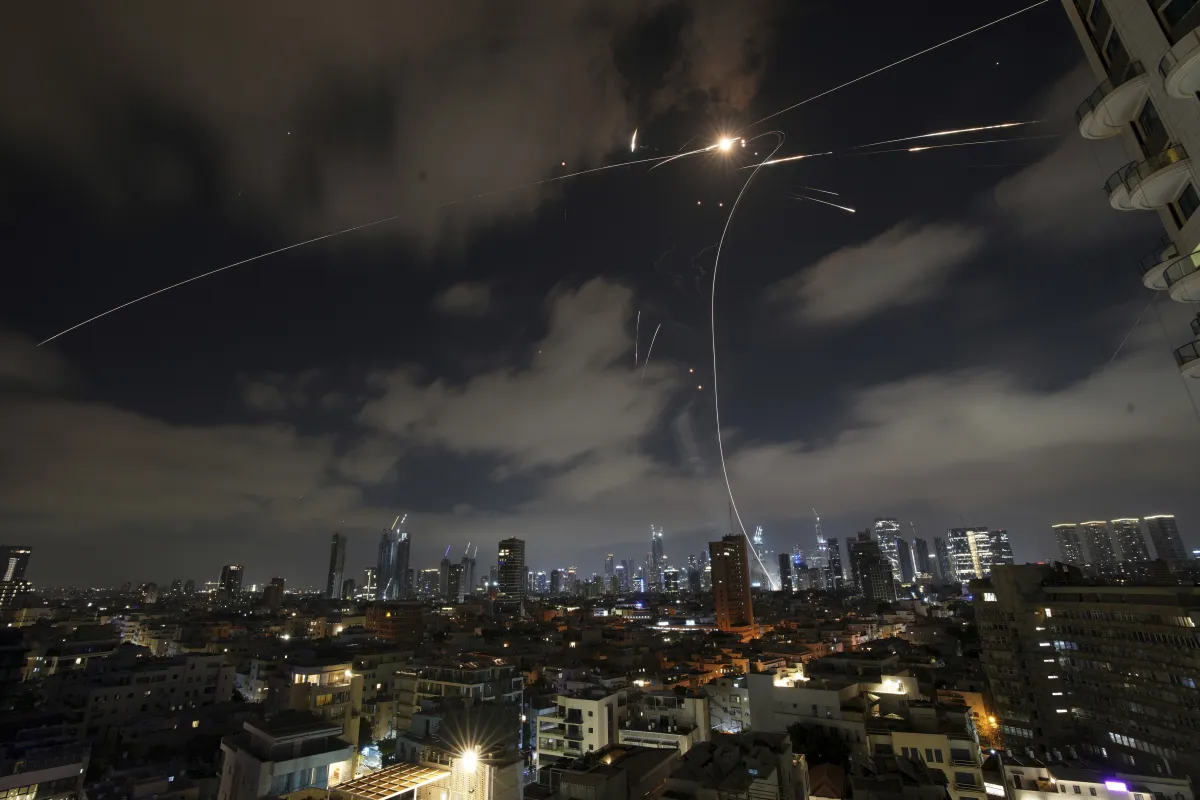A missile launched by Iran towards Israel on June 19 has sparked alarm over the use of cluster munitions, a weapon widely condemned for the threat it poses to civilians. The Israel Defence Forces (IDF) confirmed that at least one of the projectiles in the barrage carried a cluster bomb warhead, marking the first known instance of such a weapon being used in the current conflict.
What is a cluster bomb?
A cluster bomb is a type of weapon that disperses smaller explosive devices, known as submunitions, over a wide area. Rather than detonating in a single explosion, the main warhead bursts in mid-air—often at high altitude—scattering dozens of bomblets across a broad zone.
In the 19 June attack, the IDF reported that the missile’s warhead exploded at roughly seven kilometres above ground, releasing around 20 submunitions over an eight-kilometre radius in central Israel. These bomblets are not guided and have no propulsion. They fall freely and are designed to detonate on impact.
What makes cluster bombs more lethal?
Cluster bombs are contentious primarily because of their wide-area impact and the high risk of unexploded ordnance. Many of the submunitions fail to detonate immediately, remaining active and lethal long after the conflict ends. Civilians who later encounter these unexploded bomblets face serious injury or death.
Daryl Kimball, executive director of the Arms Control Association, says cluster bombs are egregious weapons having a wide-area destruction, more so if they are used in a civilian area and could add to the unexploded ordnance left over from conflicts.
Extent of damage of Iran's cluster bomb strike on Israel
According to The Times of Israel, one submunition hit a home in Azor, a town in central Israel, causing material damage. No injuries were reported at the time.
Following the incident, Israel’s Home Front Command issued a public advisory on X (formerly Twitter), urging caution. “This morning we experienced a missile strike capable of dispersing small munitions over a relatively wide area. Some of the munitions may remain on the ground and not explode. Do not touch any fallen or suspicious objects. Immediately call 100.”
Difference between cluster bombs and standard missiles
Unlike conventional ballistic missiles, which cause a single concentrated blast, cluster munitions are intended to spread destruction across a larger area. A senior Israeli military official told The Times of Israel that while each individual bomblet is less powerful than a standard warhead, the overall threat is more extensive, particularly in urban or densely populated regions.
This wide dispersal makes them especially dangerous when used near civilians, homes or infrastructure.
The 2008 Convention on Cluster Munitions prohibits the use, stockpiling, transfer and production of these weapons. So far, 111 countries and 12 other entities have signed the treaty. However, key military powers—including Iran, Israel and the United States—have not.
In 2023, the US approved the transfer of cluster munitions to Ukraine to support its defence against Russian forces. Ukraine claims that Russia has also employed cluster bombs during the war. Like Iran and Israel, both the US and Russia have declined to join the treaty.

